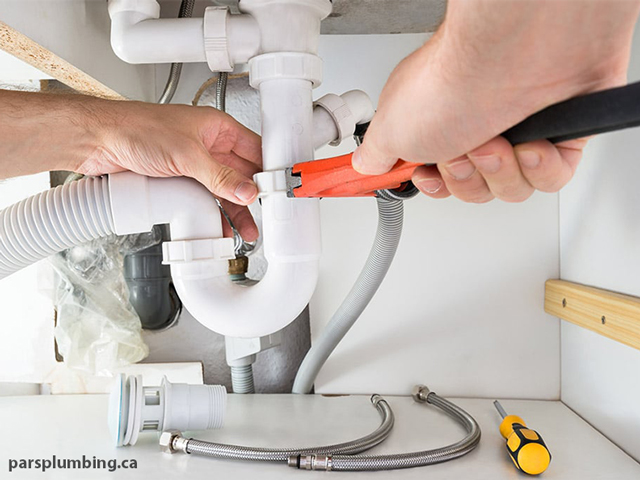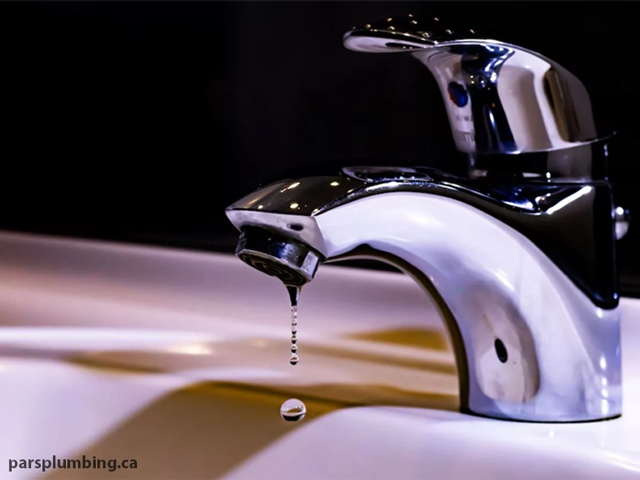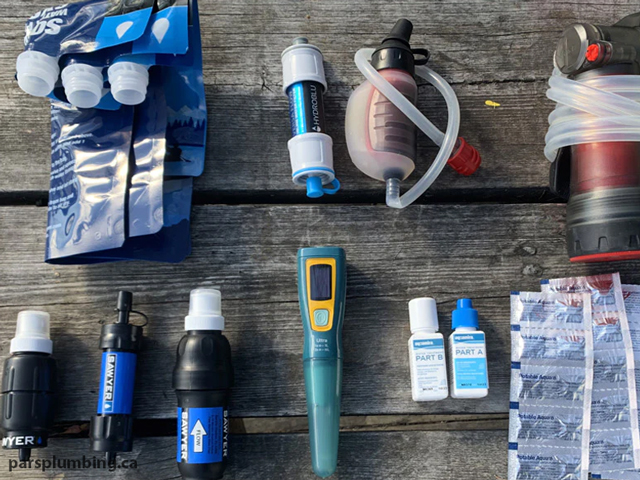Water pressure in a building is crucial for daily comfort and the smooth functioning of plumbing systems. A drop in water pressure can lead to significant inconveniences, affecting everything from showers and taps to dishwashers and irrigation systems. There are various reasons why water pressure in a building may decrease, and understanding these reasons can help you identify the problem quickly and implement effective solutions.
Plumbing Issues
One of the most common causes of low water pressure is plumbing-related problems. These can include:
Clogged Pipes: Mineral deposits, limescale, or rust can accumulate inside pipes, blocking water flow and reducing water pressure. This is especially common in areas with hard water.
Damaged Pipes: Old or cracked pipes may leak, causing water to escape and reducing the pressure within the plumbing system.
Solutions:
Pipe Cleaning: Clogged pipes can be cleaned using chemical solutions or professional equipment to remove scale and debris.
Pipe Replacement: If pipes are severely damaged or corroded, replacing them may be necessary to restore normal water pressure.
Low Incoming Water Pressure
If you notice low water pressure and there are no issues with your plumbing system, the problem may lie with the water supply itself. Low incoming water pressure could be caused by:
Pump Station Problems: If the pump station responsible for supplying water to your area is malfunctioning, the water pressure will be affected.
Low Municipal Water Pressure: In some areas, the municipal water supply might already have low pressure, which affects the entire building.
Solutions:
Install a Pressure Booster Pump: A booster pump can help increase the water pressure in your building, ensuring a more consistent flow.
Contact Water Supply Authorities: If the issue is with the municipal water supply, you may need to contact the relevant local authorities to report the issue.
Overuse of Water
Simultaneous use of multiple water sources can reduce water pressure significantly. For example, if several taps are running at the same time, or a washing machine and shower are both in use, you may notice a drop in pressure.
Solutions:
Water Usage Management: Try to stagger the use of water sources within the building. For instance, avoid running multiple faucets at once.
Use Water-Saving Fixtures: Installing low-flow faucets and water-efficient appliances can help maintain consistent water pressure.
Issues with Faucets
Faulty or outdated faucets may also contribute to reduced water pressure. Mineral buildup inside faucets or worn-out washers and internal parts can hinder water flow.
Solutions:
Clean Faucets: Periodically clean your faucets to remove mineral deposits and improve water flow.
Replace Damaged Parts: If a faucet is damaged or worn, replacing the internal components or the entire fixture may be necessary.
Problems with External Plumbing
Low water pressure can also be caused by issues in external plumbing, such as leaks or cracks in pipes outside the building, leading to water loss.
Solutions:
Inspect and Repair Pipes: External pipes should be regularly inspected for leaks or damage. If any issues are found, the pipes should be repaired or replaced.
Install Leak Detection Systems: Leak detection systems can help identify hidden leaks, preventing further water loss.
Water Filters
If you’re using water filters, they may contribute to reduced water pressure. As filters capture debris and impurities, they may become clogged over time, restricting water flow.
Solutions:
Change Filters Regularly: To maintain optimal water pressure, make sure to replace filters on time to prevent blockages.
Conclusion
Low water pressure in buildings can arise from various factors, including plumbing issues, low incoming water pressure, simultaneous use of water, and problems with faucets. By identifying the root cause, you can take appropriate steps to fix the issue, such as cleaning pipes, installing a booster pump, or replacing faulty fixtures. Regular maintenance and proper care of your plumbing system will ensure that water pressure remains consistent, providing comfort and convenience for all residents.



